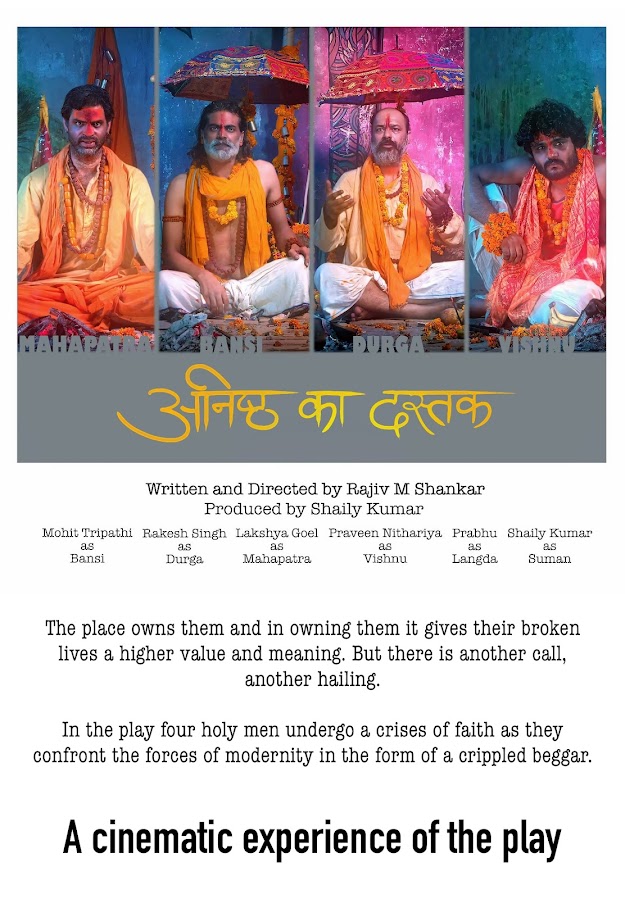The Loom of Time
(India) https://amzn.in/d/c2Vs5qu
In “The Loom of Time,” an ordinary man is chosen for a mysterious journey to the Soviet Union, where he finds himself among influential intellectuals. Struggling with self-doubt, he meets a young woman who challenges his understanding of authority, suggesting it comes not from certainty but from embracing uncertainty. This encounter introduces him to the concept of the “loom of time,” a symbol of fate and history woven through human thoughts and actions.
In Moscow, he is confronted with the harsh realities of Soviet collectivism, which starkly contrast the utopian vision he had imagined. Disillusioned, he eventually discovers a hidden library where an old man reveals the “Loom of Time”—an ancient, ornate machine resembling a blend of a printing press and a weaving loom. Crafted from intricately carved wood and metal, the loom is vast and awe-inspiring, with gears, levers, and threads that move fluidly, operating on an almost mystical level. As the loom weaves the fabric of human history, it produces a tapestry that narrates the world’s past, present, and future.
The loom is more than just a machine—it is a living entity that weaves the fabric of human history. The threads it uses represent the collective thoughts, actions, and decisions of humanity, and as the loom operates, it produces a tapestry that depicts the narrative of the world, encompassing its past, present, and future. The old man explains that the loom is delicate; if the threads are pulled too tightly or left too loose, the fabric of reality can unravel. This makes the role of those who interact with the loom both crucial and perilous.
As the protagonist watches the loom in motion, he sees images and words emerge on the cloth it produces—stories of struggles and triumphs, the lives of countless people intertwined in a complex tapestry. The old man informs him that the loom can indeed be altered, but doing so requires great wisdom and courage. Any changes to the loom’s output must be made with a deep understanding of the consequences, as they will shape not only individual destinies but also the destiny of the entire world.
Driven by a newfound sense of purpose, the protagonist decides to learn how to influence the loom. Under the guidance of the old man and other keepers of the library, he spends days and nights learning to read the patterns, identify weak threads, and weave new ones into the tapestry. The work is exhausting and emotionally draining, as he confronts the pain and suffering embedded in the fabric of the world. Yet, he also discovers moments of kindness and love that shine like golden threads amidst the darkness.
In the years that follow, the protagonist dedicates himself to mending the fabric of the world. He travels widely, helping people understand their role in the greater tapestry and encouraging them to contribute their stories to the loom. Through his efforts, the threads begin to strengthen, and the patterns of history grow more vibrant. Ultimately, he realises that the true power of the loom lies not in its ability to record or even change the past, but in its capacity to inspire hope for a brighter future—a future that can be shaped by those willing to weave their stories into the fabric of existence.
Through its fragmented narrative, the novel challenges readers to consider how their actions and beliefs contribute to the broader weave of history, emphasizing the transformative power of understanding and empathy. The story’s themes resonate through its exploration of love, loss, and the haunting presence of the past, ultimately underscoring the cyclical nature of life, death, and rebirth.
The novel intertwines the personal and the philosophical, weaving together autobiographical elements with fiction blurs the boundaries between reality and imagination, challenging conventional notions of authority, certainty, and truth. The narrative is marked by ambiguity and introspection, with the narrator’s journey revealing the hidden layers of existence and the complexity of human experience, inviting readers to reflect on their roles in the unfolding tapestry of history.



